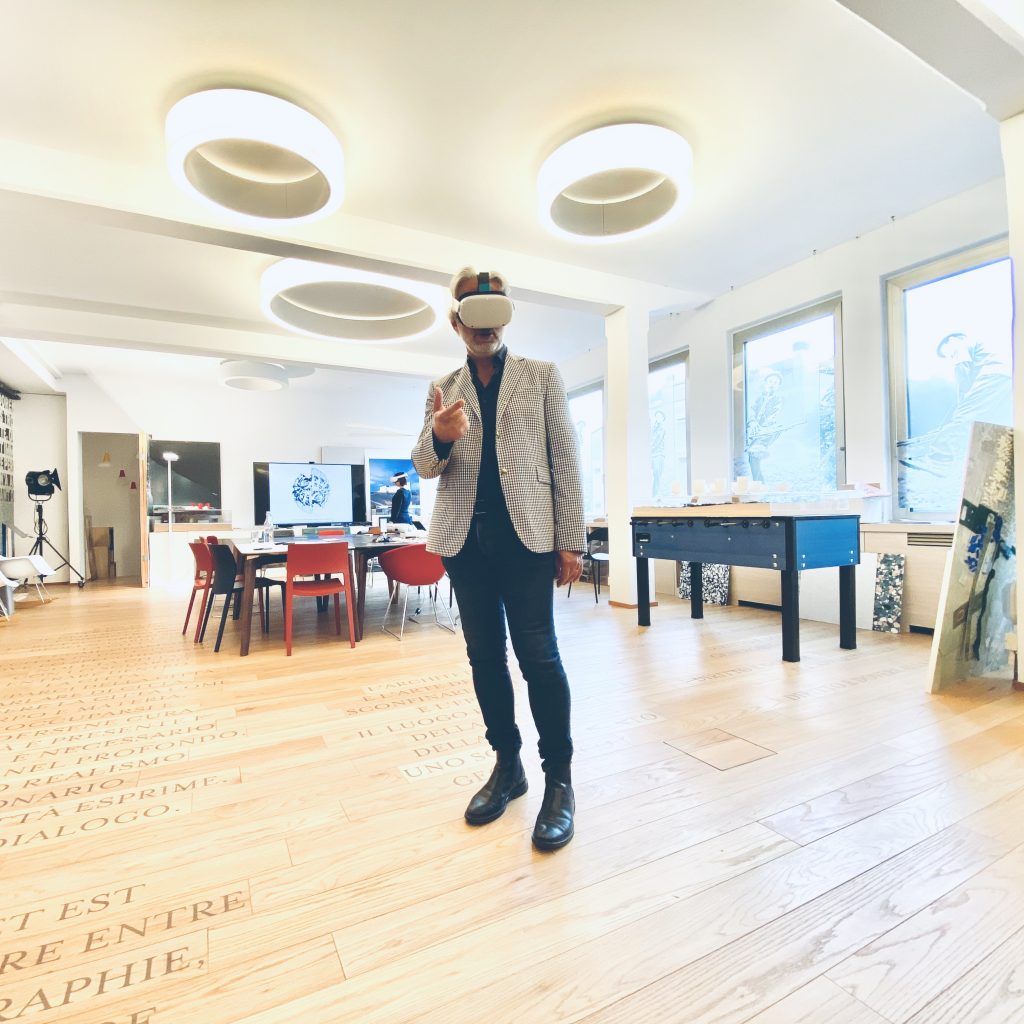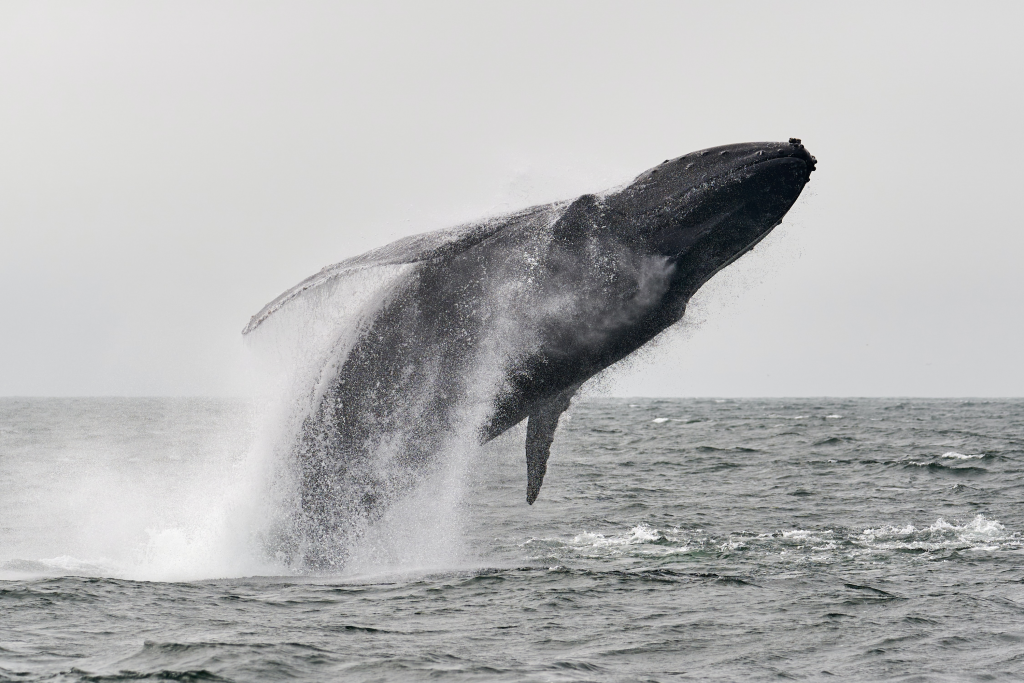The Milan stop was very rewarding, thanks to the meeting with Alfonso Femia of Atelier(s) Alfonso Femia.
After a virtual tour of the pavilion, Femia described his impressions, emphasizing how the ability to narrate a project is itself a design action.
Discovering Osaka’70 little by little is like seeing a story emerge and letting ourselves be enveloped (the pavilion is, moreover, suspended over the water). The starting point remains Sacripanti’s work, but since then the experience takes its own life in the choices of representation, in the definition of the scenario and, above all, in the tools used.

Another element that helps to uniquely define the narration is the choice of avatar:
”The most important part is the voice of the guide, which becomes a representation of the soul. Nothing else needs to be added to define the interlocutors within the virtual space.”
The dialogue with Alfonso Femia continued and touched upon many aspects of the experience. In particular, we were stimulated by his reflections regarding the presentation of never built or not yet realized architecture. It’s a topic that we have already addressed on other occasions –– especially in relation to the photorealism, which in our opinion also represses the expressiveness of the new tool ––.
In our opinion, his unique point of view hit a bull’s eye relating to the language of VR architecture.
“Now there is the possibility of using the properties of virtual reality to show some key aspects of the project, without the need to represent it all. The collaboration with other media (such as physical models and digital renders, but also technical drawings) can be the logic, in order to complete the vision of the proposed architecture. For example, traditional media can be used to explain a specific project and VR can be used to highlight only the dynamic lighting component with lights and shadows, perhaps adopting a simplified model that enhances the experience.”
Osaka’70 was also an opportunity to talk about themes dear to Femia. According to him, this project brings with it the cardinal elements of making architecture: responsibility and generosity.
Responsibility, for designing the narrative of the pavilion – “They might tell that you are not doing architecture, actually this operation is doing architecture!” – and generosity, for undertaking a tour to let people discover this never-built building, certainly important to know and visit.
Perhaps the most touching moment of our meeting with Alfonso was being with him inside Sacripanti’s work. We felt his vivid and immediate impressions, we observed him as he immersed himself in the dynamic space and entered into harmony with that combinatory movement, accompanying him along the exhibition path.
Architecture is time and takes time, he told us. He took the right amount of time to listen the breath of that special architecture, and for a moment it almost felt like we were inside the living belly of the whale.

If you want to know more about what we do or to visit the pavilion write us at: info@poplab-team.org